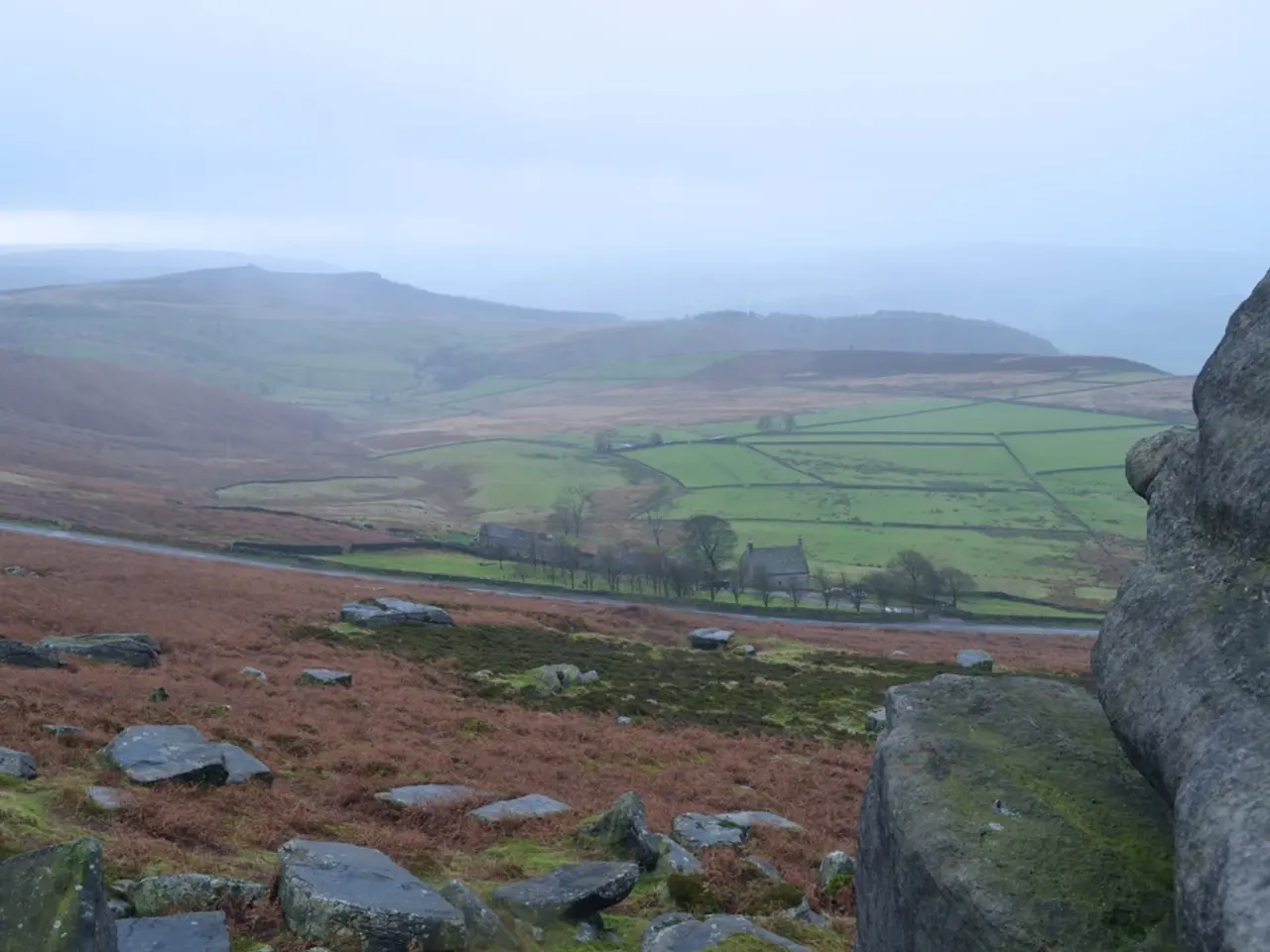Climate Warnings Ignored Lead to Himalayan Catastrophes Unveiled
In the heart of the Himalayas, the geologically fragile Shivalik and Pir Panjal ranges have been hit hard by recent floods and landslides. The natural exit points for rivers have been blocked, exacerbating the impact of seasonal rains, leading to a crisis that has claimed more than 150 lives and left 31 people missing, feared dead.
Union Home Minister Amit Shah visited Jammu and Kashmir to assess the damage and oversee relief operations. He announced a ₹209 crore allocation to the State Disaster Response Fund to aid in the recovery efforts.
The Shivalik Hills' vulnerability was a concern voiced by P Patnaik, a retired Principal Chief Conservator of Forests, during a summer camp organized by the Institute of Jammu & Kashmir Affairs and the Jammu and Kashmir Environment Department. The camp, held in June 1992, aimed to sensitize young people about the region's fragile ecosystems.
However, over the past three decades, there has been a multi-dimensional failure in the Himalayan region. Unchecked deforestation and loss of natural vegetation have been underlying causes of recent landslides and floods. Increased deforestation, unchecked construction, and poorly planned tourism in fragile areas have triggered soil erosion, degraded forests, and destabilized mountain slopes across the region.
The Vaishno Devi shrine, a popular pilgrimage site that welcomes nearly ten million pilgrims annually, has become especially vulnerable. Key individuals and institutions involved in environmental and landscape protection measures in the Himalayan regions of India include government bodies like the Indian Ministry of Environment, Forest and Climate Change, local NGOs such as the Snow Leopard Foundation, international organizations like the World Wildlife Fund (WWF), and researchers from academic institutions. These groups have initiated and supported conservation projects over recent years.
The continued neglect of environmental safeguards could accelerate glacial melt, intensify river flooding, and trigger more ecological collapse in sensitive zones. Glaciers in the upper reaches of the Himalayas and Ladakh are melting at an alarming rate, increasing water flow and compounding the effects of global warming.
The Greater Himalayas (Himadri) are geologically older and structurally more consolidated than the Shivalik and Pir Panjal ranges. Yet, the wisdom of earlier visionaries such as Patnaik, Bhatt, and Bahuguna, and dedicated forest officers like Sardar Sohan Singh, is more urgently required today than ever before.
In the Pir Panjal, Kishtwar district accounted for nearly 100 of the recent deaths, including 66 Machail Mata temple pilgrims. Another 34 devotees lost their lives in a landslide at Adh-Kunwari, located in the Shivalik hills.
The Jammu and Kashmir government constituted the Shri Mata Vaishno Devi Shrine Board in 1988 to manage the shrine and its endowments. However, the board lacks specialists in ecology, environmental science, or geology, which is concerning given the ecological sensitivity of the Trikuta Hills.
As we navigate through this crisis, it is crucial to remember the fragile balance of the Himalayan ecosystems and the urgent need for environmental protection measures. The resilience and spirit of the people of Jammu and Kashmir remain unbroken, and their determination to rebuild and recover is a testament to their strength and resilience.
Read also:
- Nightly sweat episodes linked to GERD: Crucial insights explained
- Antitussives: List of Examples, Functions, Adverse Reactions, and Additional Details
- Asthma Diagnosis: Exploring FeNO Tests and Related Treatments
- Unfortunate Financial Disarray for a Family from California After an Expensive Emergency Room Visit with Their Burned Infant








